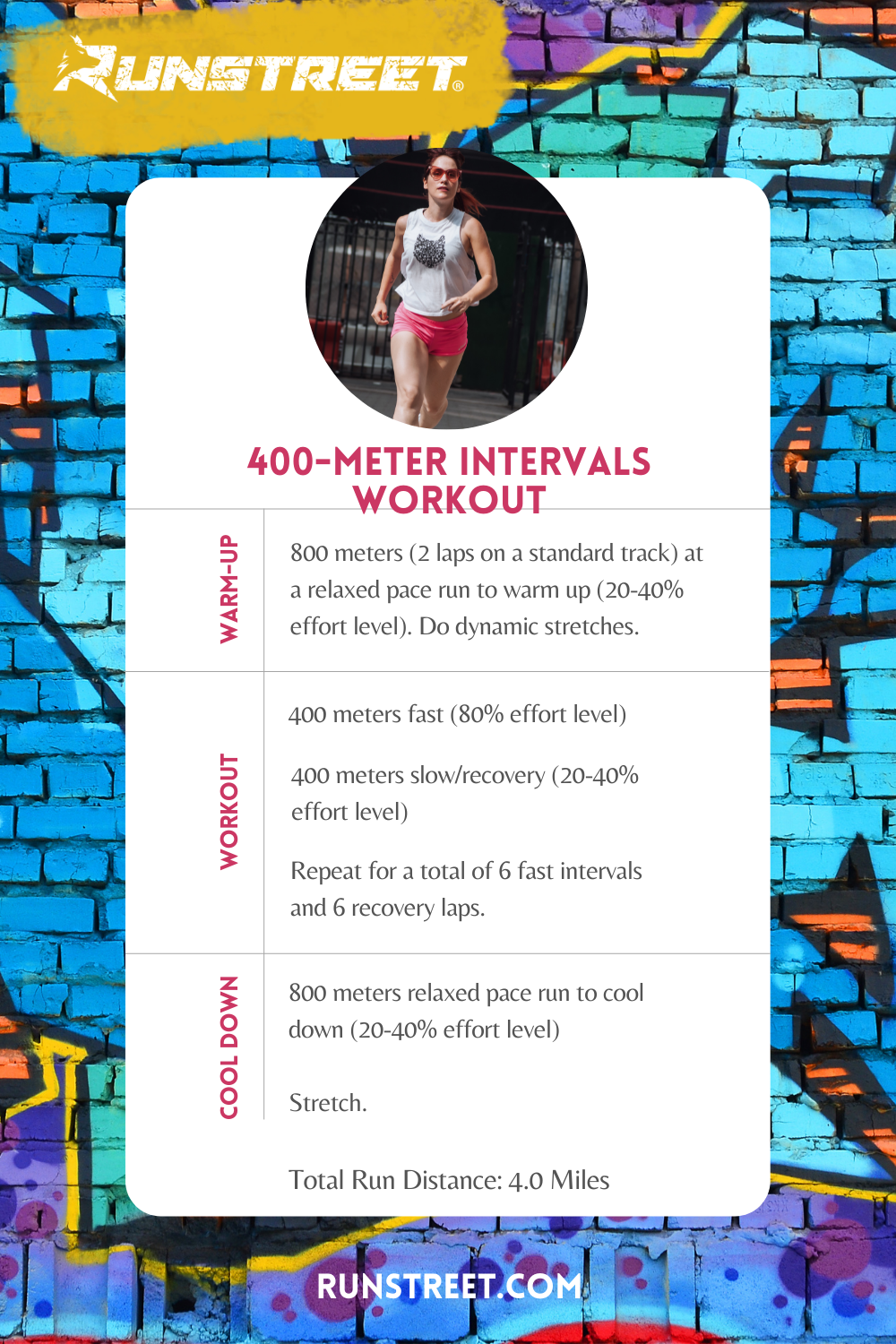Turbocharge Your Runs: Unlock Your Prospective with Strategic Running Workouts
Turbocharge Your Runs: Unlock Your Prospective with Strategic Running Workouts
Blog Article
Dealing With Usual Running Pains: Reasons, Solutions, and Avoidance
As runners, we typically encounter various discomforts that can hinder our performance and pleasure of this physical task. From the devastating discomfort of shin splints to the unpleasant IT band syndrome, these usual operating pains can be discouraging and demotivating. Recognizing the causes behind these conditions is crucial in successfully resolving them. By exploring the root factors for these operating discomforts, we can reveal targeted options and safety nets to make certain a smoother and extra meeting running experience (try this).
Typical Running Discomfort: Shin Splints
Shin splints, a typical running discomfort, typically result from overuse or improper shoes throughout physical task. The recurring tension on the shinbone and the cells affixing the muscles to the bone leads to inflammation and pain.
To protect against shin splints, people must slowly boost the intensity of their exercises, put on ideal footwear with appropriate arch assistance, and maintain flexibility and toughness in the muscle mass bordering the shin (running strategy). In addition, incorporating low-impact activities like swimming or cycling can aid preserve cardiovascular physical fitness while allowing the shins to heal.
Typical Running Pain: IT Band Syndrome
Along with shin splints, an additional common running pain that athletes frequently run into is IT Band Disorder, a problem triggered by inflammation of the iliotibial band that runs along the outer thigh and knee. IT Band Disorder commonly manifests as discomfort on the outside of the knee, particularly during tasks like running or cycling. The iliotibial band is a thick band of fascia that attaches the hip to the shin, and when it ends up being swollen or limited, it can scrub against the thigh bone, leading to discomfort and pain.
Joggers experiencing IT Band Disorder may observe a painful or hurting sensation on the external knee, which can worsen with ongoing activity. Aspects such as overuse, muscle mass inequalities, improper running type, or insufficient warm-up can contribute to the advancement of this condition.
Common Running Discomfort: Plantar Fasciitis
:max_bytes(150000):strip_icc()/effective-30-minute-running-workouts-2911891-0927-70272e09ac83449cadb9f1ce51656c0c.jpg)
Plantar Fasciitis can be attributed to different aspects such as overtraining, inappropriate footwear, running on tough surface areas, or having high arcs or flat feet. To avoid and minimize Plantar Fasciitis, runners can include stretching workouts for the calf bones and plantar fascia, put on encouraging shoes, preserve a healthy and balanced weight to minimize stress on the feet, and slowly increase running strength to avoid sudden stress and anxiety on the plantar fascia. If signs and symptoms continue, it is suggested to seek advice from a healthcare specialist for appropriate medical diagnosis and therapy alternatives to address the condition properly.
Common Running Discomfort: Jogger's Knee
After attending to the my website difficulties of Plantar Fasciitis, one more prevalent issue that runners often face is Runner's Knee, a common running pain that can prevent sports efficiency and create pain throughout physical activity. Jogger's Knee, also known as patellofemoral discomfort syndrome, materializes as pain around or behind the kneecap. Runners experiencing this pain may feel a boring, aching pain while running, going up or down stairs, or after extended periods of sitting.
Common Running Pain: Achilles Tendonitis
Commonly afflicting joggers, Achilles Tendonitis is a painful condition that influences the Achilles tendon, creating discomfort and potential restrictions in physical activity. The Achilles tendon is a thick band of cells that connects the calf muscle mass to the heel bone, vital for activities like running, leaping, and walking - imp source. Achilles Tendonitis frequently creates because of overuse, inappropriate footwear, inadequate extending, or sudden boosts in physical task
Signs And Symptoms of Achilles Tendonitis include discomfort and stiffness along the tendon, especially in the early morning or after periods of inactivity, swelling that worsens with activity, and perhaps bone stimulates in persistent instances. To stop Achilles Tendonitis, it is necessary to extend correctly previously and after running, put on appropriate footwear with proper support, slowly enhance the intensity of workout, and cross-train to reduce repetitive anxiety on the ligament.
Verdict

Report this page